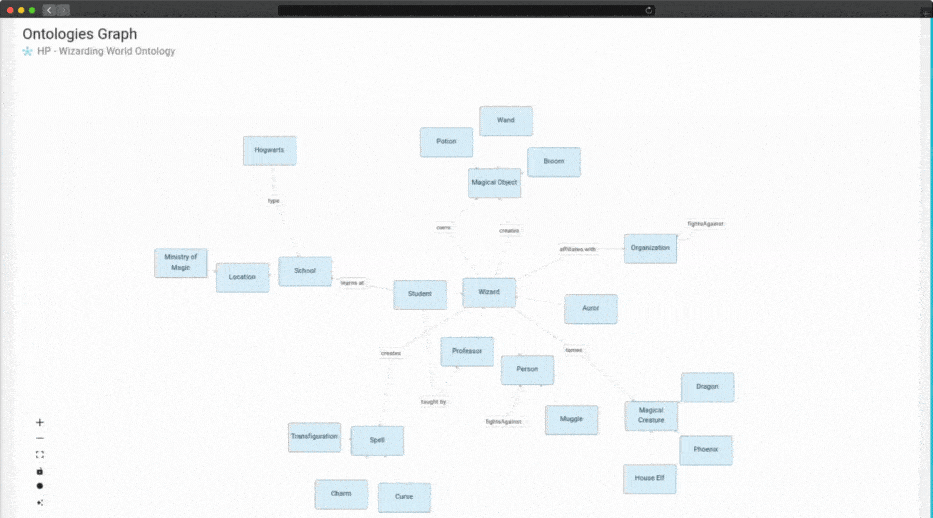Overview
Building a strong data culture starts with understanding your data—and that requires clear, shared definitions. Blindata’s Business Glossary provides a foundation for this by answering the essential question: “What is this data?”
The Business Glossary defines the semantic meaning of data within your organization, creating a shared lexicon that connects data to business processes. More than just definitions, it fosters collaboration and creates a bridge between business and IT teams, enabling everyone to speak the same language when it comes to data.
Knowledge
It captures and makes organizational knowledge accessible, creating a foundational resource for all teams.
Collaboration
It aligns business and IT teams through a shared understanding of data, closing communication gaps.
Compliance
It ensures that business terms are consistently defined across the organization, crucial for compliance and risk management.
Efficiency
It standardizes definitions, reduces confusion, and improves communication, driving operational efficiency.
Features
The Blindata Business Glossary is not just about listing terms—it’s about creating a shared ontology that gives data meaning. By modeling the relationships between concepts, it helps users navigate the knowledge graph of your organization’s data, ensuring that data is understood in context.
This ontology-driven approach provides the foundation for ensuring data composability across distributed systems. Your data assets are more than isolated information—they are connected, structured, and reusable across various contexts, promoting a true knowledge-driven data culture.
In addition to term definitions, the Business Glossary can store valuable information, including:
- Aliases, Synonyms, and Acronyms: Capture alternative names or expressions for concepts, vital in complex organizations with varied terminologies.
- Calculation Methods: Define how certain data is derived or computed within your systems.
- Patterns: Establish validity patterns for specific data types (e.g., standard formats for IDs or product codes).
- Naming Conventions: Ensure consistent, clear naming standards across data assets.
- Taxonomies: Organize data with relevant classification systems and tags to improve searchability and structure.
- Relationships: Link business terms, helping users explore how concepts are connected and navigate the semantic relationships within your organization.
The Ontologies Graph Editor allows you to easily group concepts and terms by namespace and manage them visually. With its intuitive interface, you can create and refine your organization’s data relationships, ensuring a well-structured and navigable knowledge graph. This visual tool empowers users to define, link, and explore concepts seamlessly, making it simpler to model complex data landscapes and foster a shared understanding across teams.
